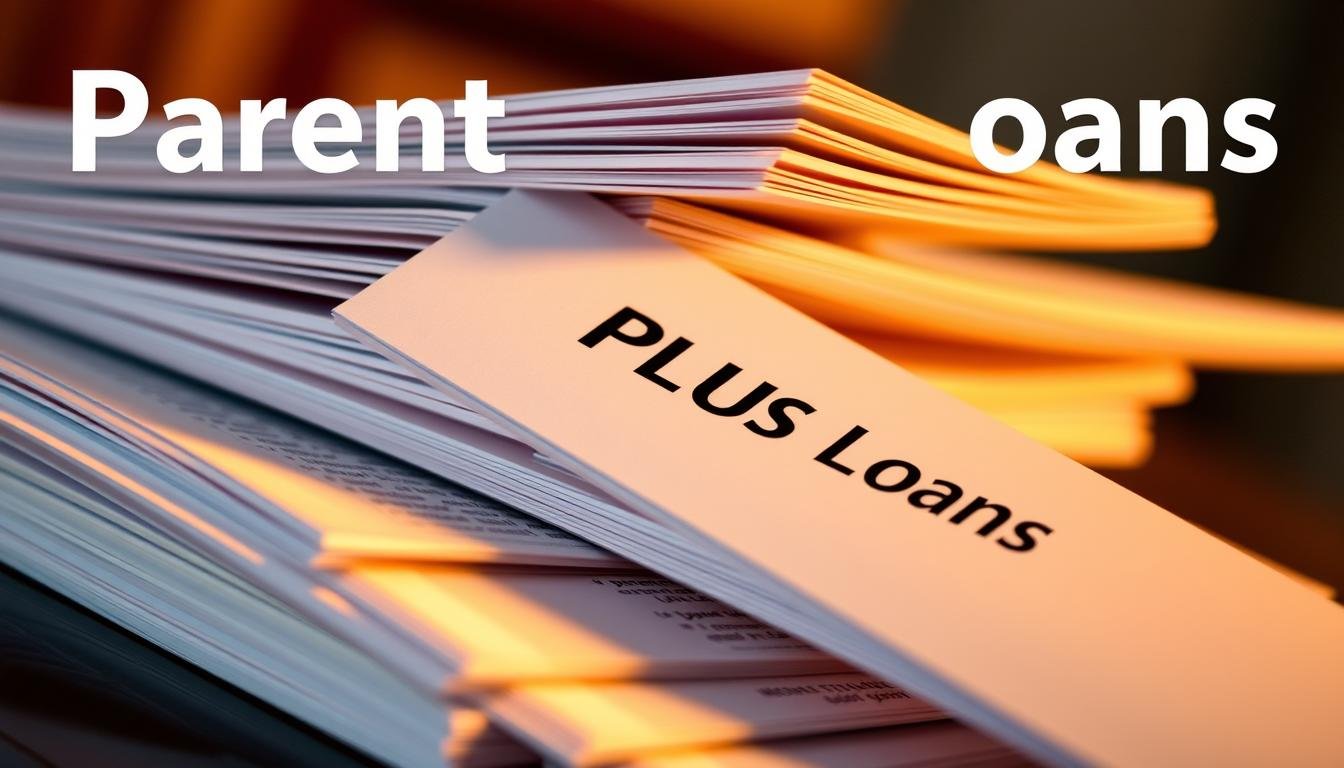For individuals with student loan debt, there’s a valuable tax benefit that can help reduce their taxable income: the student loan interest deduction. This deduction allows eligible taxpayers to deduct up to $2,500 of the interest paid on qualified education loans. The deduction is available for both federal and private loans, provided they were used to pursue higher education for themselves, a spouse, or a dependent.
In 2023, borrowers were able to deduct interest on a full year’s worth of loan payments for the first time since federal student loan payments resumed after the COVID-19 pandemic pause. To qualify, borrowers must meet specific income thresholds and filing status requirements.
Understanding the loan interest deduction can lead to significant tax savings for those who qualify. This article will cover who is eligible, how to claim the deduction, and special situations to be aware of.
Key Takeaways
- The student loan interest deduction can reduce taxable income by up to $2,500.
- Eligible loans include both federal and private education loans.
- Borrowers must meet specific income thresholds and filing status requirements.
- The deduction is available for loans used for higher education for oneself, a spouse, or a dependent.
- Understanding the deduction can lead to significant tax savings.
Understanding Student Loan Interest Deduction
Understanding the student loan interest deduction is crucial for borrowers looking to minimize their tax liability. This deduction can significantly impact a borrower’s financial situation by reducing their taxable income.
What Is the Student Loan Interest Deduction?
The student loan interest deduction is a tax benefit that allows eligible borrowers to deduct the interest paid on their student loans from their taxable income. This means that borrowers can reduce their tax return by claiming the interest paid on their student loan payments. According to the IRS, this deduction can be up to $2,500.
Benefits of Deducting Student Loan Interest
Deducting student loan interest can provide several benefits to borrowers. Some of the key advantages include:
- Reducing taxable income by up to $2,500, which can lead to a lower tax bill.
- Actual tax savings will depend on the borrower’s tax bracket, with higher bracket borrowers saving more.
- This deduction is available for all years borrowers are paying interest on qualified student loans, not just during or immediately after school.
- Borrowers can claim this deduction even if someone else is making payments on their behalf, as long as they are legally obligated to pay.
By claiming this deduction, borrowers can keep more of their money, which can be used to pay off theirloan paymentsor cover other expenses.
Is Student Loan Interest Deductible?

Understanding whether student loan interest is deductible can significantly impact your tax return. The IRS allows taxpayers to deduct the interest paid on certain student loans, which can lead to significant tax savings.
Maximum Deduction Amount
The maximum deduction amount for student loan interest is $2,500. This deduction is considered an adjustment to your income, making it an above-the-line deduction. This means you don’t need to itemize your return to claim it. The deduction amount is calculated based on the interest paid on your qualified student loans.
| Filing Status | Maximum Deduction |
|---|---|
| Single | $2,500 |
| Married Filing Jointly | $2,500 |
| Married Filing Separately | $0 |
Above-the-Line Deduction Advantage
Claiming the student loan interest deduction as an above-the-line deduction has several advantages. It directly reduces your adjusted gross income (AGI), potentially qualifying you for other tax benefits. You can claim this deduction even if you take the standard deduction on your tax return. This is particularly beneficial because it simplifies the tax filing process for many taxpayers.
The deduction also differs from tax credits, which reduce tax liability dollar-for-dollar. By reducing your AGI, this deduction may help you qualify for other income-based benefits or programs, providing additional financial advantages when you file taxes.
Who Qualifies for the Student Loan Interest Deduction

Taxpayers seeking to deduct student loan interest must meet specific requirements related to their filing status and dependency status. The eligibility criteria are designed to ensure that the deduction benefits those who are genuinely responsible for the loan repayments.
Filing Status Considerations
A taxpayer’s filing status plays a significant role in determining their eligibility for the student loan interest deduction. For instance, married couples who file separately are not eligible for this deduction, regardless of their income level. On the other hand, married couples who file jointly may qualify, provided they meet the income requirements.
The decision to file jointly or separately can have significant implications for taxpayers with student loans. When filing jointly, couples can combine their income and deductions, potentially qualifying for the student loan interest deduction. However, if one spouse has a significantly higher income, filing separately might be more beneficial for other tax reasons, but it would forfeit the student loan interest deduction.
Income Requirements and Limitations
Income requirements are another critical factor in determining eligibility for the student loan interest deduction. Taxpayers who are claimed as dependents on someone else’s tax return are not eligible for this deduction. Recent graduates should be particularly aware of their dependency status, as it can impact their ability to claim the deduction.
| Filing Status | Eligible for Deduction | Not Eligible |
|---|---|---|
| Single | Yes, if meets income requirements | No, if claimed as dependent |
| Married Filing Jointly | Yes, if combined income meets requirements | No, if combined income exceeds limits |
| Married Filing Separately | No | Yes, ineligible regardless of income |
Understanding these nuances is crucial for taxpayers to make informed decisions about their filing status and to determine whether they qualify for the student loan interest deduction.
Income Limits for Student Loan Interest Deduction

Understanding the income limits for the student loan interest deduction is crucial for taxpayers seeking to minimize their tax liability. The deduction is subject to income limits, which can affect eligibility.
Modified Adjusted Gross Income (MAGI) Explained
MAGI is a critical factor in determining eligibility for the student loan interest deduction. It is calculated by taking your adjusted gross income (AGI) and adding back certain deductions. For the tax year 2024, the interest deduction starts phasing out if your MAGI is between $80,000 and $95,000 (or $165,000 to $195,000 if filing jointly).
Phase-Out Thresholds
The phase-out thresholds are the income ranges within which the deduction amount is gradually reduced. For tax year 2024, the deduction begins to phase out at $80,000 for single filers and $165,000 for those filing jointly. The deduction is completely phased out at $95,000 for single filers and $195,000 for joint filers.
| Filing Status | Phase-Out Range | Complete Phase-Out |
|---|---|---|
| Single | $80,000 – $95,000 | $95,000+ |
| Jointly | $165,000 – $195,000 | $195,000+ |
As income increases within the phase-out range, the amount of the deduction decreases. Taxpayers should be aware of these thresholds to plan their taxes effectively.
According to the IRS, “the amount of the deduction is gradually reduced or ‘phased out’ as your MAGI approaches the upper limit of the phase-out range.” It’s essential to check the current tax year thresholds, as they are adjusted annually for inflation.
“The student loan interest deduction is an above-the-line exclusion from gross income, which can result in significant tax savings for eligible taxpayers.” – IRS
Eligible Student Loans for Tax Deduction

To claim the student loan interest deduction, it’s essential to know which types of loans qualify. The eligibility criteria are specific, and understanding these can help you maximize your tax savings.
The loan must have been used solely to pay for qualified education expenses for you, your spouse, or your dependent. This includes expenses incurred within a reasonable period before or after the loan was disbursed.
Federal Student Loans
Federal student loans are generally eligible for the interest deduction. These loans are provided by the government to help students finance their education. Since they are specifically designed for education expenses, they typically qualify for the deduction.
Private Student Loans
Private student loans can also qualify for the interest deduction if they meet specific criteria. The key factor is that the loan must have been used solely for qualified education expenses. Loans from banks, credit unions, and other private lenders can qualify if used for education. However, mixed-use loans (partly for education, partly for other purposes) may only have the education portion qualify. Additionally, refinanced or consolidated private student loans can still qualify for the deduction, provided they were originally used for qualified education expenses.
- Qualified Education Expenses: The loan must be used for tuition, fees, and other related expenses.
- Private Lender Loans: Loans from private lenders can qualify if used for education.
- Mixed-Use Loans: Only the portion used for education expenses qualifies.
Qualified Education Expenses

Understanding what constitutes qualified education expenses is crucial for maximizing the student loan interest deduction.
Qualified education expenses include various necessary costs associated with pursuing higher education. These expenses are critical in determining the eligibility for the loan interest deduction.
Tuition and Required Fees
Tuition and fees required for enrollment or attendance at an eligible educational institution qualify for the deduction.
Room and Board
Room and board expenses can be considered qualified education expenses, but only if the student is enrolled at least half-time.
Books, Supplies, and Equipment
Required textbooks, supplies, and equipment necessary for coursework are also qualified expenses. This includes computers, lab equipment, and other specialized tools required for classes.
- Textbooks and course materials required for classes
- Equipment needed for courses, such as computers and lab equipment
- Supplies required for enrollment or attendance
- Transportation costs necessary for education
It’s essential to differentiate between qualified expenses and personal expenses not directly related to education, as the latter do not qualify for the deduction.
| Qualified Expenses | Not Qualified |
|---|---|
| Tuition, required fees | Personal expenses |
| Textbooks, supplies, equipment | Recreational activities |
| Room and board (for half-time students) | Travel not related to education |
Understanding Form 1098-E
If you’ve paid interest on your student loans, understanding the Form 1098-E is essential for your tax filing. This form is provided by your loan servicer and shows the amount of interest you’ve paid during the tax year.
The Role of Form 1098-E
Form 1098-E is a crucial document for taxpayers who have paid interest on their student loans. It serves as proof of the interest paid, which can be claimed as a deduction on your tax return. The form is typically sent by the loan servicer to both the borrower and the IRS.
Receiving Your Form 1098-E
You can expect to receive your Form 1098-E by January 31st of each year, covering the interest paid during the previous tax year. If you paid less than $600 in interest, you might not receive a Form 1098-E, but you can still claim the deduction.
What to Do If You Paid Less Than $600 in Interest
If you paid less than $600 in interest to a federal loan servicer during the tax year and do not receive a 1098-E, you can contact your servicer for the exact amount of interest you paid. You can then report that amount on your taxes. Your loan servicer can provide this information through their online portal or customer service.
| Interest Paid | Form 1098-E Received | Action Required |
|---|---|---|
| $600 or more | Yes | Use the form to claim your deduction |
| Less than $600 | No | Contact your servicer for the interest amount |
How to Claim the Student Loan Interest Deduction
Claiming the student loan interest deduction on your tax return can be a straightforward process if you follow the right steps. When you repay student loans, you pay down the original balance and the interest that has accrued on that balance. You can deduct that interest on your taxes, but the entire student loan payment amount is not tax-deductible.
Step-by-Step Guide to Claiming the Deduction
To claim the student loan interest deduction, start by gathering the necessary documents, including Form 1098-E provided by your loan servicer. Ensure you have records of your loan payments and the interest paid. You can then report the interest paid on your tax return using Form 1040 or 1040A. It’s essential to follow the IRS guidelines and accurately calculate your Modified Adjusted Gross Income (MAGI) to determine your eligibility.
- Obtain Form 1098-E from your loan servicer.
- Report the interest paid on your tax return.
- Calculate your MAGI to check eligibility.
Common Mistakes to Avoid
When claiming the student loan interest deduction, several common mistakes should be avoided to ensure you receive the deduction correctly. These include trying to deduct the entire loan payment amount rather than just the interest portion, claiming the deduction when you’re listed as a dependent on someone else’s return, and not claiming the deduction when eligible because you didn’t receive a Form 1098-E.
- Deducting the entire loan payment, not just the interest.
- Claiming the deduction while being a dependent.
- Not claiming due to not receiving Form 1098-E.
- Incorrectly calculating MAGI.
- Claiming interest paid by someone else.
Special Situations and Considerations
When navigating the complexities of student loan interest deductions, certain situations require special attention. Borrowers may encounter unique circumstances that affect their ability to claim this deduction.
Parent PLUS Loans
Parent PLUS Loans are federal student loans that parents can take out to help pay for their child’s education expenses. The interest paid on these loans is eligible for the student loan interest deduction. It’s essential to keep accurate records of interest payments made on these loans to ensure you can claim the deduction correctly.
Loans for Dependents
If you’ve taken out loans for a dependent, you may still be eligible to deduct the interest paid on these loans. However, the rules can be complex, and it’s crucial to understand how these loans are treated for tax purposes. Consulting a tax professional can provide clarity in such cases.
Multiple Loan Servicers
Having multiple loan servicers can complicate the deduction process. If you had multiple servicers in 2023, each servicer will provide a Form 1098-E if you paid $600 or more in interest to that servicer. You’ll need to combine the interest paid across all servicers to determine your total deduction. As noted, “In this case, each of your federal loan servicers will provide you with a copy of your 1098-E if you paid interest of $600 or more to that individual servicer in 2023.” To manage this effectively, keep track of all Forms 1098-E received from different servicers and sum the interest paid. This ensures you accurately claim your total deduction.
Other Education Tax Benefits to Consider
In addition to the student loan interest deduction, there are other education tax benefits that taxpayers should be aware of. These benefits can significantly reduce the financial burden of higher education.
American Opportunity Credit
The American Opportunity Credit is a tax credit worth up to $2,500 per eligible student. It covers tuition, fees, and course materials for the first four years of post-secondary education.
Lifetime Learning Credit
The Lifetime Learning Credit offers up to $2,000 per tax return for tax payers pursuing higher education. This credit has no limit on the number of years it can be claimed and applies to undergraduate, graduate, and professional degree courses, making it a valuable opportunity for lifelong learners.
| Credit | Maximum Benefit | Eligibility |
|---|---|---|
| American Opportunity Credit | $2,500 | First 4 years of post-secondary education |
| Lifetime Learning Credit | $2,000 | Undergraduate, graduate, and professional degree courses |
Understanding these tax benefits and how they apply to your situation can help minimize your taxes and maximize your savings.
Conclusion
The student loan interest deduction offers a valuable opportunity for taxpayers to lower their tax liability. By understanding eligibility and keeping accurate records, individuals can maximize their tax savings. It’s essential to stay informed about current rules and consult a tax professional for complex situations.






